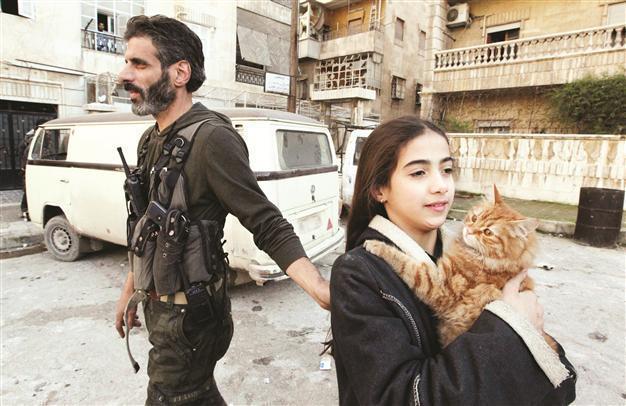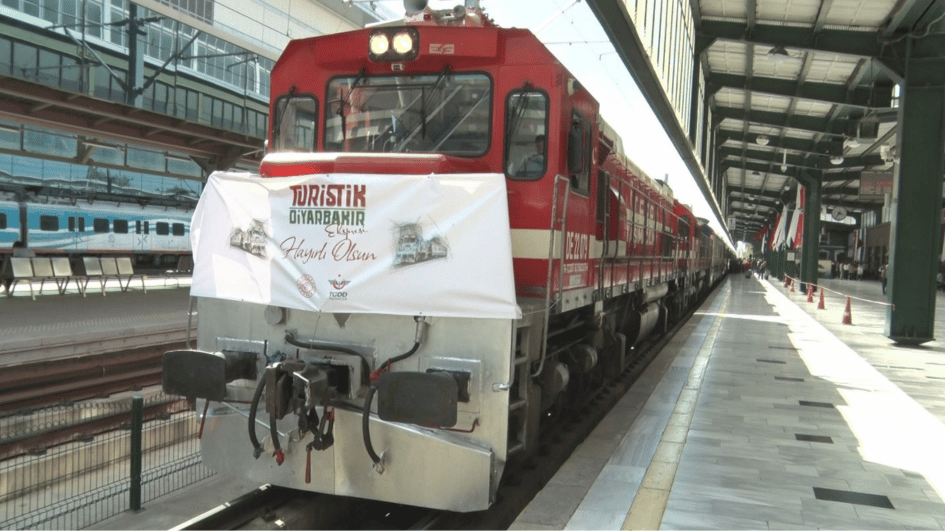Syrian regime says ready to talk to end violence
DAMASCUS - Agence France-Presse

A Free Syrian Army fighter stands next to his daughter as she holds a cat in Aleppo’s Izaa district December 30, 2012. REUTERS photo
Syria’s government welcomed any initiative for talks to end bloodshed in the country yesterday, after U.N.-Arab League envoy Lakhdar Brahimi said he had a peace plan acceptable to all sides.The Damascus regime’s latest stand, expressed by Prime Minister Wael al-Halaqi, came amid a flurry of diplomatic activity led by Brahimi to find ways to end the 21-month conflict.
“The government is working to support the national reconciliation project and will respond to any regional or international initiative that would solve the current crisis through dialogue and peaceful means and prevent foreign intervention in Syria’s internal affairs,” Halaqi told Parliament.
Halaqi emphasized the revolt against the regime of President Bashar al-Assad must be resolved only by the Syrian people, “without external pressures or decrees.” The country, he said, was “moving toward a historic moment when it will declare victory over its enemies, with the goal of positioning Syria to build a new world order that promotes national sovereignty and the concept of international law.”
Halaqi’s remarks came after Brahimi said the Syrian conflict was worsening “by the day.” Speaking after talks in Russia, the veteran diplomat said Dec. 30 he had crafted a ceasefire plan “that could be adopted by the international community.”
Meanwhile, the violence in Syria escalated, with activists reporting finding 30 tortured bodies in the northern Damascus suburb of Barzeh.
“Thirty bodies were found in the Barzeh district. They bore signs of torture and have so far not been identified,” said the Syrian Observatory for Human Rights. The Syrian Revolution General Commission, a grassroots network of anti-regime activists, gave a higher estimate of 50 bodies, saying “their heads were cut and disfigured to the point that it was no longer possible to identify them.”
















